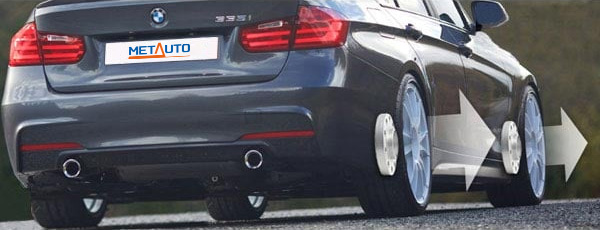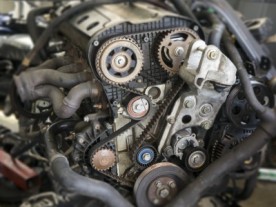Wheel spacers are a popular tool among car enthusiasts for improving the appearance and performance of their vehicles. Designed to be placed between the wheel hub and the wheel itself, they can increase vehicle stability, improve handling, and make larger brake systems fit on vehicles that were originally designed for smaller ones.

However, improper use of wheel spacers can lead to a range of problems, including safety issues, decreased vehicle stability, increased tire wear, and body damage. Therefore, when deciding whether or not to use wheel spacers, many factors must be taken into consideration. Here are some key factors to consider:
-
Vehicle Type: Not all vehicles are suitable for using wheel spacers. Some vehicles already have sufficient wheel clearance, while adding wheel spacers may decrease vehicle stability.
-
Hub and Wheel Size: Wheel spacers must match the diameter of the wheels and hubs on the vehicle, otherwise the wheels may come loose or be misaligned.
-
Material and Quality: Wheel spacers must be made from quality materials and undergo rigorous testing. Using low-quality spacers can cause wheels to come loose or fail catastrophically.
-
Installation Method: Installing wheel spacers must be done according to the manufacturer's instructions, otherwise it may damage the vehicle or cause accidents.
-
Regulations: Some areas may prohibit the use of wheel spacers, so it is important to understand local regulations before deciding whether or not to use them.
In addition to the factors mentioned above, it is also important to consider the number of lug patterns on your vehicle and the wheel spacers you are considering. Wheel spacers come in various lug patterns, including 4-lug, 5 lug, 6-lug, and 8-lug, among others. It is important to choose the correct lug pattern to ensure proper fitment and avoid damaging the vehicle or the wheels. Make sure to check the specifications of both your vehicle and the wheel spacers before making a purchase.








